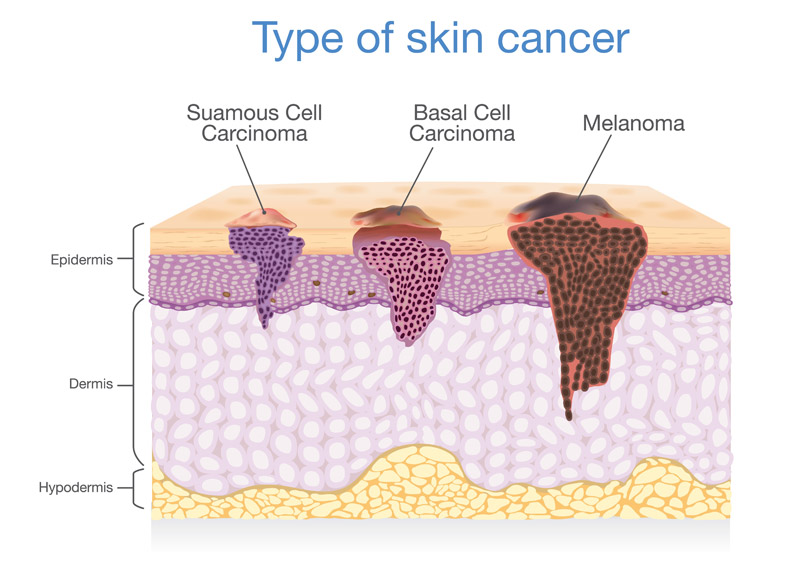
10th September 2018 New cancer vaccine is 100% effective in mouse model A new experimental cancer vaccine, when administered in conjunction with other therapies, could boost the immune system's ability to fight aggressive tumours, according to scientists from the Scripps Research Institute. The researchers have shown that adding a molecule called Diprovocim to a vaccine can draw cancer-fighting cells to tumour sites. Their experiments in mice with melanoma suggest these vaccines could increase chances of recovery in cases where a drug therapy alone is not working. "This co-therapy produced a complete response – a curative response – in the treatment of melanoma," says Professor Dale Boger, PhD, who co-led the study with Nobel laureate Bruce Beutler, MD, of UT Southwestern. The vaccine also prompts the immune system to fight tumour cells should they ever return, a capability that could prevent cancer recurrence: "Just as a vaccine can train the body to fight off external pathogens, this vaccine trains the immune system to go after the tumour," Boger explains. Diprovocim, developed by Boger and Beutler, works as an "adjuvant" – a molecule added to a vaccine to fire up the body's immune response. The molecule is easy to synthesise in the lab and easy to modify, which makes it attractive for use in medicine. The new research shows that adding Diprovocim to a vaccine targeting cancer cells can have dramatic results. The vaccine was tested on mice with a particularly aggressive melanoma. All were given the anti-cancer therapy anti-PD-L1. The mice were then split into three separate groups: eight received the cancer vaccine, eight received the cancer vaccine plus Diprovocim, and eight received the cancer vaccine plus an alternative adjuvant called alum.
The researchers observed a 100% survival rate over 54 days in the mice given the cancer vaccine plus Diprovocim. This was in contrast to a zero percent survival rate in mice given only the cancer vaccine, and a 25% survival rate in mice given the cancer vaccine with alum. "It was exciting to see the vaccine working simultaneously with a cancer immunotherapy like anti-PD-L1," says Boger. Further experiments showed that using Diprovocim as an adjuvant boosts the vaccine's cancer-fighting potential by stimulating the immune system to make cells called tumour-infiltrating leukocytes. When the scientists tried to re-establish the tumour in these mice, "it wouldn't take," Boger says. "The animal is already vaccinated against it." Boger says it is encouraging to see that the vaccine with Diprovocim does not need to be injected directly into a tumour. Instead, the researchers gave it as an intramuscular injection, away from the main tumour site. Going forward, the researchers plan to do further pre-clinical testing with this vaccine design and study how it works in combination with other cancer therapies. Their latest work is published in Proceedings of the National Academy of Sciences.
Comments »
If you enjoyed this article, please consider sharing it:
|







